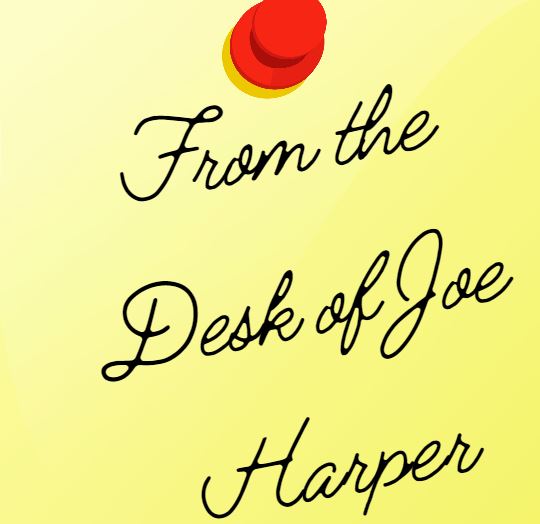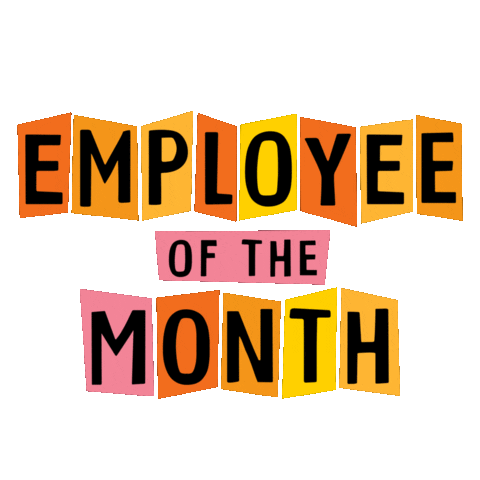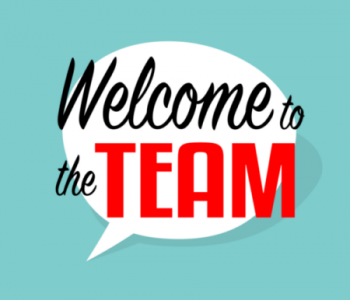ISSUE
21
June 2024
All Center News
Comprehensive Behavioral Health Center of St. Clair County Inc.
505 South Eighth Street • East St. Louis, IL 62201
This newsletter’s purpose is to share information about The Center’s people and activities in each department and by each employee, in order to highlight the contributions made by all in helping The Center reach its goals.
The Center’s Internet address is: cbhc1.org
You can also check us out on Facebook.
Front Desk
(618) 482-7330
Hours of Operation
8:00am – 5:00pm
Juneteenth In STL

- NIC Juneteenth in Soulard – Celebrations will be held at Soulard Park on Saturday, June 15th.
- BLK Family Reunion Festival – This event will take place at Harris-Stowe State University on Saturday, June 15th. It promises live music and community activities.
- 3rd Annual Juneteenth “FREE – DOME” Celebration – Scheduled for Wednesday, June 19th at Fairground Park, this event celebrates freedom with various activities.
- Juneteenth & Father’s Day Kickball Tournament – A family-friendly kickball game on Sunday, June 16th at Marquette Park.
- Juneteenth Community Ride 2024 – A community ride starting from Tandy Park on Saturday, June 15th.
- Bridge the Gap 314 – Dellwood Juneteenth Celebration – Happening on Wednesday, June 19th at the Dellwood Recreation Center.
- Wellston Juneteenth Block Party – On Monday, June 18th, enjoy music and community fun at the St. Vincent Greenway Trailhead in Trojan Park.
- Black Woodstock Festival – Taking place on June 19th, this festival celebrates Juneteenth with music, food, and festivities.
These events highlight the rich cultural heritage and community spirit of St. Louis, offering a variety of ways to celebrate this significant day in history.
Memo from Management
Thank you to all who put so much time into the 3d Annual Mental Health Fair and Grand Opening of the East Campus. The event was appreciated by many in the community.
The Center is working to re-establish services at the East Campus. Here are some key activities there:
We are working to open a 16-bed Recovery Home at the East Campus inside the Jobe Center. The goal is to have it open by January 7, 2025.
St. Clair County has made available funds to demolish all or a portion of the Admin Building at the East Campus and construct affordable housing for those who are homeless and have either mental illness or substance use disorder.
We are working with Bi-State Metro to put together a program similar to the Drop-In Center at the East Campus for homeless individuals who ride the trains.
Over the next few weeks, SMARTS and ARTS will welcome a new manager. Methadone will also be adding managers to their team.
Mr. Rice will be able to spend more time in the community building relationships and making the helping us get more clients into our SUD program. Smarts, Arts, and Methadone will each have their own managers allowing these programs to continue growing and thriving.
Robyn Robinson has already arrived to lead the Methadone clinic and we will be adding more managers soon.
May’s Employee of the Month
June’s Employee of the Month is Donna Lindsey in SMARTS and ARTS! Congratulations Donna!
Donna received several nominations. Here’s what one of her coworkers have to say about why she deserves to be recognized:
“Donna is an amazing worker who goes above and beyond for the department and patients. Every patient gets one set of linen. We have patients who leave those items behind and Donna takes the blankets that patients leave behind home and washes them for patients whose rooms may be cold to get an extra blanket. She steps in when needed. She always works with a positive attitude and smile. The patients respect her and she is very much appreciated.”
Please be sure to congratulate Donna and thank her for the ways that she serves our clients!
May’s Birthdays
Wishing a BIG happy birthday to all of those in the CBHC family!
Who’s New
We are thrilled to welcome our newest members of the CBHC family!
Tips For Working With LGBTQ Individuals
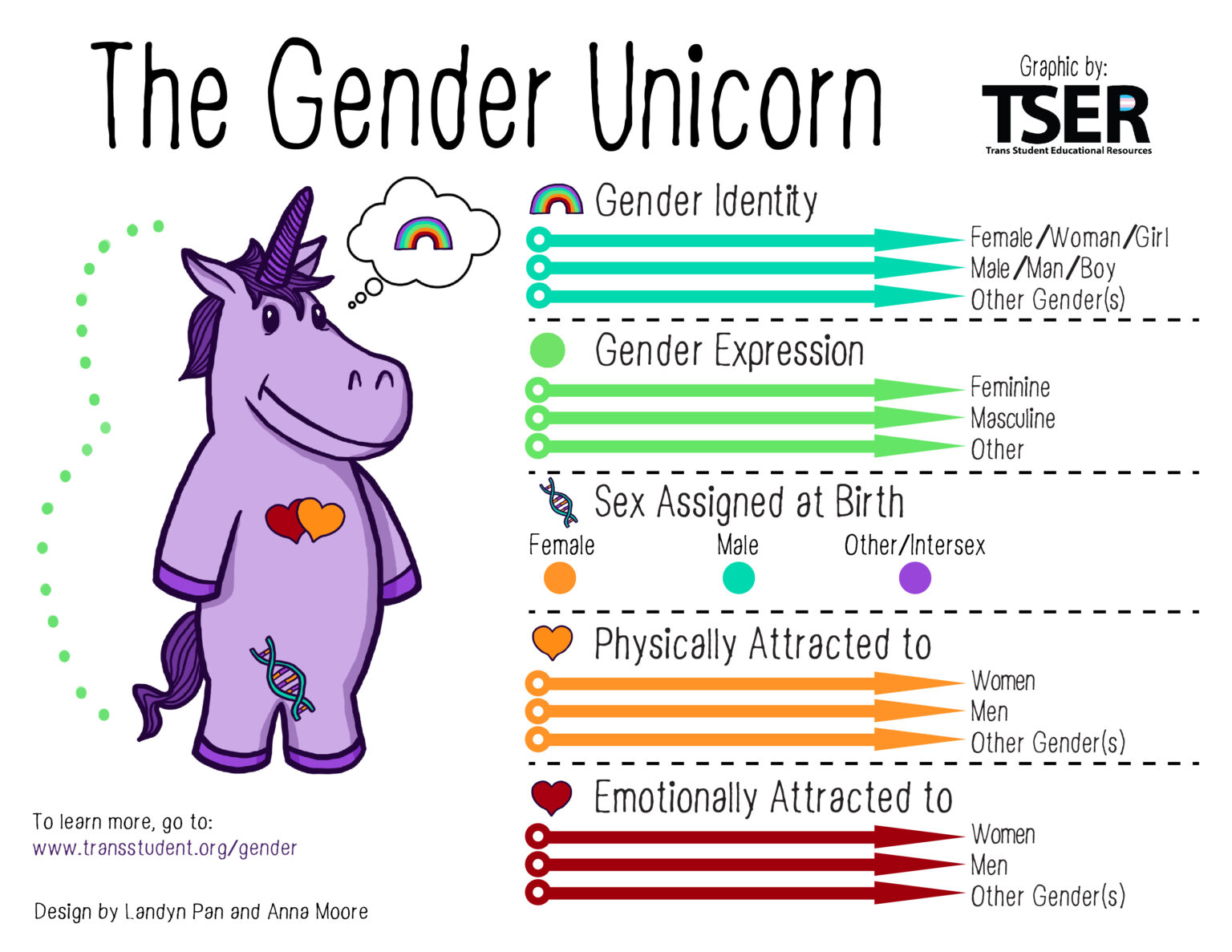
At The Center, we strive to provide high quality individualized care to anyone who walks through our doors in a way that is culturally sensitive. This includes members of the LGBTQ+ community. Here are a few tips for being respectful and welcoming as you work with clients and your coworkers who are part of the community.
Above you see a picture of the “gender unicorn” created by Trans Student Educational Resources to explain different elements of LGBTQ+ identity and remind its readers that each person is unique.
Gender Identity
Gender identity is the gender that someone feels within themselves and the way that their brain is wired. Gender is distinct from sex. Sex is derived from one’s genes while gender expands to include society’s perceptions and expectations for how men or women will look, act, and think. Over the years many terms such as “tomboy” or “sensitive” have been used to describe people who do not conform to societal expectations of boys or girls
To the right you will see a set of continuums. A person may feel more or less connected to male or female identity or they may feel more connected to a third gender. Someone who feels that they are less well described by the terms “male” or “female” might describe themselves as trans, nonbinary, demimale or demifemale, or others.
Gender Expression
Gender Expression refers to the ways we present ourselves to the world. It refers to things like clothing, hair, and makeup, but may also include the ways we behave, tone of our voices, or many other factors. Gender expression does not need to be tied to gender identity or sex assigned at birth. Try not to infer someone’s sex assigned at birth or gender identity from their gender expression. Someone might choose to express their gender out of the man/woman binary as a fashion choice, or for safety. For instance, our unhoused clients may see a more masculine gender presentation as being safer for them while sleeping or living on the streets.
Sex Assigned at Birth
Sex Assigned at Birth refers to the biological sex of an individual assigned to them on their birth certificate. Some people are born intersex, having sex characteristics that are ambiguous or having both male and female sex organs. This is complicated by the fact that in the past doctors would often attempt to “correct” the genitals of an intersex person surgically before they are old enough to have developed a gender identity or expression. This has led to some people who believed themselves to be trans or nonbinary discovering that their original sex assigned at birth actually matched their gender identity.
A person whose gender identity is the same as their sex assigned at birth is referred to as cisgender, while a person whose gender identity is not the same as their sex assigned at birth may describe themselves as transgender.
Physical and Emotional Attraction
Who a person wants to sleep with or wants to have a romantic relationship with is not tied to any of the aspects of gender or sex listed above. People who are heterosexual are physically attracted to people of the opposite sex to their own. People who are gay are attracted to people of their own sex. People who are bisexual are attracted to both male and female people. People who are pansexual may not consider the other person’s sex or gender at all. People who are asexual or demisexual may not experience sexual attraction to anyone of any gender. The terms relating to who you are emotionally attracted to are heteroromantic, homoromantic, biromantic, panromantic, aromanitc, and demiromantic.
Tips
- Never make assumptions about someone’s gender, sex, or sexuality.
- Gender and sexuality often exist on a spectrum, one person may not feel that particular labels fit them well.
- Ask for preferences: pronouns, names, ways of talking to and about the person.
- Volunteer your own preferences: “I’m _________. I am a cisgendered woman and my pronouns are “she/her.”
- When asking about family, use gender neutral terms like “spouse” or “partner” until they tell you how they refer to their family members.
- Do not ask about genitals, sex, surgery, or hormones unless necessary for their treatment and be sure to explain why the information is necessary.
- Never use labels as a replacement for someone’s personhood. “A gay man,” “a trans woman” or “a nonbinary person” are acceptable whereas “a gay” “a lesbian” etc. replace the person’s individual personhood with one aspect of their identity reducing their individuality.
A Note About the Word Queer
Queer was used as a slur against members of the LGBTQ+ community, but some members of the community are using it to describe themselves. This term is an argot, a term that should only be used by a member of the community. If you are not a member of the community do not use the term unless the other person has asks you to, or you are referring to a particular organization that uses the term in its name. If a person tells you they are queer, they are likely telling you that they are a member of the LGBTQ+ community. Someone who uses this term in this way may be indicating that they do not want to specify their gender or sexuality for you, that they do not like using a lot of labels to talk about themselves, or that they do not think about (or like to think about) themselves in terms of these labels.
The Importance Of Pride Month
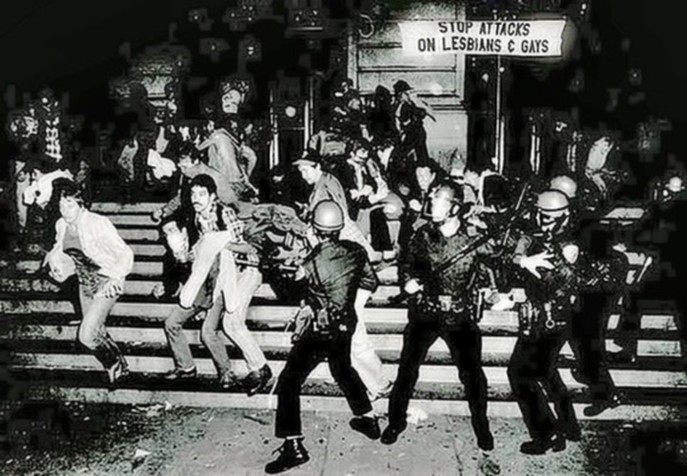
June is Pride Month! Pride is a celebration of self-acceptance, greater inclusion in society, and progress made toward ending hate toward LGBTQ+ populations. Pride is also an occasion for activism for respecting the civil and human rights of LGBTQ+ people.
Many members of the community face higher levels of stress and trauma due to discrimination and pervasive violence against queer and trans people. Depression, trauma, anxiety, suicidality, violence experienced, housing discrimination, employment discrimination, and homelessness are all higher for members of the LGBTQ+ community. Pride events can be a chance for members of the community to engage in advocacy and celebrate progress that has been made; to come together and feel loved and accepted for who they are.
Americans celebrate Pride in June because of the Stonewall Riots, which occurred June 28, 1969 in the Greenwich Village, New York. In America in the 50s and 60s members of the LGBTQ+ community were faced with criminal punishments, police harassment, and threats of violence that often resulted in the need to hide their identity. Gay and lesbian sexual relationships were forbidden, and dressing in ways that did not conform to society’s norms for men and women was against the law. This pushed many members of the community to secretive and illegal locations to be themselves and meet other community members.
One of those locations was the Stonewall Inn, a gay bar owned by the mafia. It had no liquor license, no running water behind the bar, and did not meet safety codes for such a venue. Yet, for people pushed to the edges of society and living under the constant threat of violence, it became a place to gather in safety, meet other members of the community, and express themselves as they wanted to.
The Stonewall Inn existed largely because of corrupt relationships between the mafia and New York police. Police would come to the Stonewall and collect envelopes of cash (commonly referred to as “gayola”). In exchange, the bar staff would be tipped off in advance of raids and the police would find the place mostly empty with only a few bottles of alcohol that they would seize then leave.
On Saturday night June 28, however, there was an unannounced raid. At 1:20 in the morning four plainclothes police officers and two uniformed officers entered the Stonewall Inn and met up with four undercover officers already in the bar. Patrons were lined up, had their ID inspected, and if suspected of crossdressing were taken to the bathrooms to have their genitals inspected.
Things did not go according to plan. Due to a miscommunication the paddy wagons expected to take away arrested patrons were not present in time. The whole process was slowed, patrons became angry, and hundreds of people gathered in the street from nearby venues. When an officer clubbed a trans woman over the head while trying to transport her to the paddy wagon, the crowd broke out in violence. The bar was burned down, and riots continued for 4 days.
These events galvanized advocacy organizations to band together to push against marginalization and for inclusion of LGBTQ+ people in society in a stronger and more coordinated way than they had before. Over time, annual remembrances of the events at the Stonewall Inn morphed into the celebration that we now know as Pride.
Recovery Conference 2024
SAVE THE DATE! The second annual Recovery Conference will be held Thursday, May 23. at the Jackie Joyner Kersee Center. We are very fortunate to have as our keynote speaker Nanette V. Larson, CRSS, CPRS and Deputy Director of Wellness & Recovery Services at the Illinois Department of Human Services Division of Mental Health.
Ms. Larson provides leadership and consultation to further the development of recovery-oriented services and advances the division’s recovery initiatives, including Wellness Recovery Action Planning (WRAP®) and Certified Recovery Support Specialist (CRSS) training and development. Ms. Larson serves as the President Emeritus of the Division of Recovery Support Services for the National Association of State Mental Health Program Directors and is a nationally recognized leader in the mental health recovery movement, providing countless presentations to diverse audiences on recovery, spirituality, and related topics.
Her passion for this work comes from her personal experience of recovery from mental illness, and her message of hope is for everyone affected by these conditions. In her memoir, From Shattered to Restored (2019), Nanette shares her journey from a life of constant hopelessness and despair, deep depression, crippling anxiety, and suicidality to one full of victorious hope and purpose
Ms. Larson has represented IDHS/DMH in multiple capacities, including serving as chair of the Patient Needs Workgroup for the Healthy Illinois 2021/State Innovation Model. In 2014 Ms. Larson was the recipient of the Professional of the Year Award from the Illinois Certification Board. In 2015, she received the IDHS Platinum Customer Service “Going the Extra Mile” (PCS GEM) Award. Beginning in May 2016, Ms. Larson served as the DMH Ambassador for Wellness & Recovery and now serves at the executive level as Deputy Director.
Nanette is a nationally recognized leader & subject matter expert in holistic wellness, mental health recovery and recovery-oriented practices. She has co-authored several professional journal articles, including “Peer Support, Self-Determination and Treatment Engagement: A Qualitative Investigation,” published in the Psychiatric Rehabilitation Journal (July, 2013); “Initial Outcomes of a Mental Illness Self-Management Program Based on Wellness Recovery Action Planning,” published in Psychiatric Services (February 2009); and “The Recovery Vision & Evidence Based Practices: More than Just a Song & Dance,” in the Psychiatrist Administrator (2002). Ms. Larson recently published her first book, From Shattered to Restored: Recovering Hope. Discovering Purpose. (Redemption Press, 2019).
Heat & Health
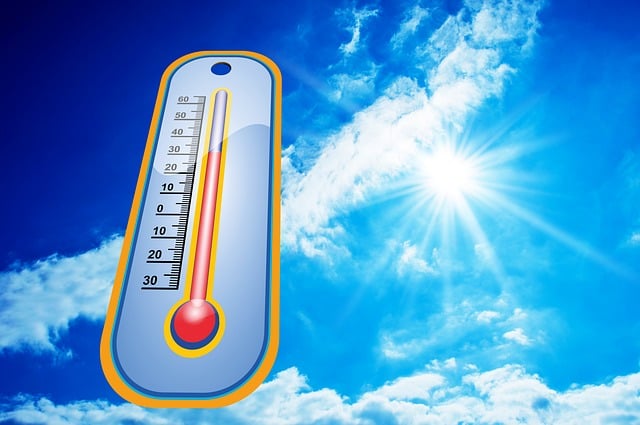
Heat is an important health hazard. Heat stress is the leading cause of weather-related deaths and can make worse underlying disease states including cardiovascular disease, diabetes, asthma, and can increase the risk of accidents and transmission of some infectious diseases. Heatstroke is a medical emergency with a high case fatality rate. Heat does not only affect the body, but the mind as well.
While the health impacts are predictable, these effects are largely preventable. Please be aware of the following signs of these two states, 1.) Heat Exhaustion and 2.) Heat Stroke. The first is the earlier stage and the second is the later stage.
Heat Exhaustion will present as fainting or dizziness, excessive sweating, rapid, weak pulse, nausea or vomiting, muscle cramps and cool, pale, clammy skin. This earlier stage can be self-treated, with people seeking cooler, preferably air-conditioned locations. Encourage such people to drink water, if one is fully conscious.
Heat Stroke will present as a throbbing headache, confused/unconscious mental states, a rapid, strong pulse, nausea or vomiting, a body temperature above 103° F (39.4° C), and/or red, hot skin. This condition cannot be self-treated. Contact 911 at once. Getting the person cool rapidly by laying the person in cool water or dousing them with it.
Beyond one’s body, a person’s largest organ, one’s skin, is also subject to the effects of heat, specifically the Sun and its rays. These effects can be countered to some degree. One needs to consider the following, 1.) putting a hat on your head and wearing protective clothing (long-sleeve shirts and long pants) While outdoors, 2.) Seek shade, when possible, 3.) Wear sunglasses, 4.) Limit sun exposure between 10 am and 4 pm during the day, and finally 5.) Applying sunscreen over all exposed sections of one’s skin.
The sunscreen should have broad-spectrum protection (protects against UVA (aging rays) and UVB (burning rays), an SPF (sun protection factor) rating of 30 or higher and should be water-resistant. This sunscreen should be reapplied regularly, roughly every two hours.
Remembering D-Day
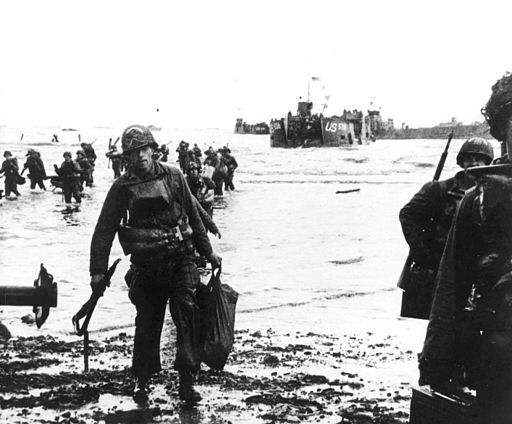
On June 6, we observed the 80th anniversary of D-Day. While D-Day is a military term used to denote the first day of a new military operation, it has come to be synonymous with the Normandy Landings of 1944. D-Day represented a turning point in World War II.
The Nazi and Axis forces had occupied much of continental Europe and the allies did not have a reliable base for ground operations. After the Nazi invasion of Western Russia, there was an opportunity to make the Axis forces fight a dangerous battle on two fronts if the Allies could gain a foothold in Western Europe.
To this end, extensive plans were made for a widescale operation to begin liberating occupied countries on mainland Europe. Many locations were considered, but it was decided to mount a full-scale invasion of a 50-mile section of beach in Normandy, France.
The Allies engaged in a large operation to try to confuse the Axis forces about where and when the invasion would happen, but when the Allies landed, they met with strong resistance. The operation had originally been planned for May 1, but weather issues delayed the invasion, and May 6 was the last time that the tides would be suitable for nearly a month.
Operation Overlord (the name chosen for the landings) began just after midnight on May 6 with heavy aerial and naval bombardment of the coast to destroy as many enemy fortifications as possible. After the bombardment, paratroopers landed behind enemy lines to continue clearing the resistance before the landing.
Using modified tanks and boats, five divisions of Allied soldiers landed on the beach and immediately found a difficult landing. The beaches were covered with barriers, traps, and mines. The Axis forces had fortified machine-gun positions above the beaches. Few of the Allies’ goals were achieved. They did not initially unite their landing site or take the towns they had planned to take.
However, at the end of the day, despite more than 10,000 casualties, including more than 4,400 Allied soldier deaths, the beach was secured and 39 Allied divisions from 5 countries composed over a million troops were able to base themselves in Normandy and begin retaking France from the Axis forces, forcing them to fight the allies in the West and the Russians in the East. Over the remainder of the war, having to split their forces to fight on two fronts proved too much for the Nazis and the Axis powers leading ultimately to Allied victory in Europe.
This 80th anniversary was marked by many celebrations and observances in France including visits by European leaders, current armed forces members, and survivors of the battle itself. Because of the 80 years since the Normandy Landing, few soldiers remain
Upcoming Summer Fun

If you’re looking for some family-friendly summer fun. We’ve got you covered.
These events are upcoming in June and is sure to be fun for the whole family.
Sounds of Summer Free Concert Series (June 20, 27)
Bellevue Park, Belleville – Free outdoor concerts featuring various artists.
Strawberry Full Moon Hike (June 21)
Heartlands Conservancy, Belleville – An evening hike under the full moon, suitable for families.
Peanut Butter & Jam Festival (June 14 – August 9)
Highland Downtown Square, Highland – A family-friendly festival featuring live music, activities, and food.
Belleville Flea Market (June 15-16)
Belle-Clair Fairgrounds & Expo Center, Belleville – Explore various stalls with antiques, collectibles, and crafts.
Effects Of Oppression On People Of Color And The Role Of Greater Equality In Mental Health

The psychological impacts of oppression on people of color are profound and multifaceted, manifesting in various forms of mental health challenges. Oppression, in this context, refers to systemic, institutional, and individual discrimination that people of color face in their daily lives. These experiences can lead to a range of psychological issues, from chronic stress and anxiety to depression and post-traumatic stress disorder (PTSD).
Psychological Effects of Oppression
Chronic Stress And Anxiety
One of the most pervasive psychological effects of oppression is chronic stress. People of color often experience ongoing stressors such as racial discrimination, microaggressions, and social exclusion. This chronic stress can lead to heightened levels of anxiety. The constant need to navigate a world that is often hostile or unwelcoming can result in hyper-vigilance, where individuals are always on alert for potential threats, leading to mental exhaustion.
Depression
Depression is another common psychological outcome of oppression. The cumulative effect of discrimination, social marginalization, and economic disparities can lead to feelings of hopelessness and worthlessness. The lack of representation and opportunities in various spheres of life, such as employment and education, can exacerbate these feelings. Furthermore, the internalization of negative stereotypes and societal devaluation can erode self-esteem and self-worth, contributing to depression.
Post-Traumatic Stress Disorder (PTSD)
People of color are also at a higher risk of developing PTSD due to exposure to racial violence and trauma. This includes direct experiences of hate crimes, police brutality, and historical trauma passed down through generations. The constant re-experiencing of these traumatic events, either through media exposure or community narratives, can perpetuate PTSD symptoms.
Identity and Self-Concept Issues
Oppression can significantly impact one’s sense of identity and self-concept. People of color often struggle with balancing their cultural identity with the pressures to assimilate into a predominantly white society. This conflict can lead to identity confusion and a fractured sense of self, which are detrimental to mental well-being.
The Role of Greater Equality in Mental Health Improvement
Greater equality has the potential to significantly improve the mental health of people of color by addressing the root causes of psychological distress. Here are several ways in which greater equality can foster better mental health outcomes:
Reduction In Discrimination And Prejudice
Equality initiatives that tackle discrimination and prejudice directly can reduce the chronic stress associated with these experiences. Anti-discrimination laws, diversity training, and inclusive policies in workplaces and educational institutions can create environments where people of color feel safer and more valued, thus lowering anxiety and stress levels.
Economic Empowerment
Economic equality is crucial for mental health. Access to quality education, fair employment opportunities, and equitable wages can alleviate financial stress and provide a sense of stability and security. Economic empowerment enables individuals to meet their basic needs, pursue personal goals, and support their families, all of which contribute to better mental health.
Representation And Visibility
Increased representation of people of color in media, leadership positions, and other influential roles can positively affect mental health. Seeing oneself represented in a positive light fosters a sense of belonging and validation. It also challenges harmful stereotypes and promotes a more inclusive narrative that celebrates diversity.
Community And Social Support
Greater equality can strengthen community bonds and social support networks. When communities are supported and empowered, they can provide a robust support system for individuals facing mental health challenges. Social support is a critical factor in mental health, offering emotional, practical, and psychological assistance.
Access To Mental Health Services
Ensuring that mental health services are accessible, culturally competent, and affordable is vital for improving mental health outcomes. Greater equality in healthcare means that people of color can receive the care they need without the barriers of cost, stigma, or cultural insensitivity.
The psychological effects of oppression on people of color are profound, but greater equality can play a transformative role in improving mental health outcomes. By addressing discrimination, promoting economic empowerment, ensuring representation, strengthening community support, and enhancing access to mental health services, we can create a society where people of color can thrive mentally, emotionally, and socially.
Pet Connection
Penelope on the left and Zeus on the right.
This month’s Pet of the Month comes to us from our fearless security leader, Mr. Jim Hursey.
Meet Penelope and Zeus! Penelope is a Border Collie Lab mix. Zeus is an English Golden Retriever.
Penelope loves to go for a walk. While Zeus takes cover every time a storm is appearing.
Even now, they are “both big babies”.
Zeus is a “mama’s boy”, and Penelope is a “daddy’s girl”.
We Want Your Pets!!!
Thanks to all the chatter we hear as we move through the building, we know The Pet Connection is incredibly popular.
It’s a fact, probably since the beginning of time, we’ve loved hearing about one another’s pets.
But we can’t do without you.
We need pets to feature!
So, if you have a furry, slimy, slithery, or even feathery family member you’d like to tell us about.
Simply, send an email to Jordan Dollar (JDollar@CBHC1.org). We’d love to hear about little Fluffy, Fido, or Skittles
Crossword Puzzle
The first person who submits the most correct answers to the front desk or newsletter@cbhc1.org will receive a ticket for a free lunch. Hard copies are available at the front desk.


Crossword Puzzle Winner
The winner of April’s crossword was the front desk’s very own Beverly Lacey. Beverly is building a crossword dynasty. She has the distinction of being our most awarded crossword winner!


Get in the News
Each month’s newsletter can be found at: Cbhc1.org/Newsletter.
Questions, comments, or content suggestions can be sent to: Newsletter@Cbhc1.org.
Important Dates
The cutoff for newsletter content suggestions is the last weekday of the previous month.


